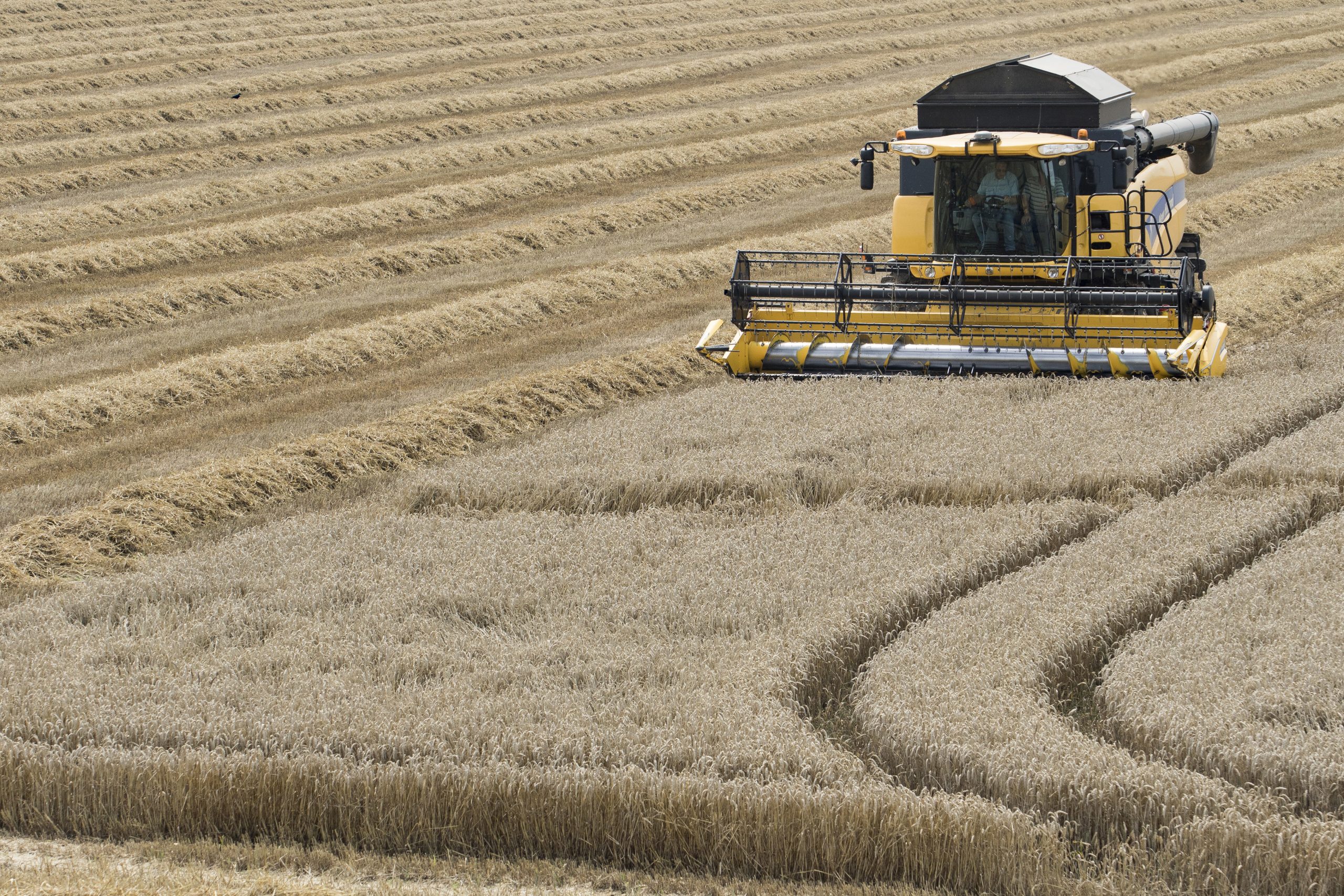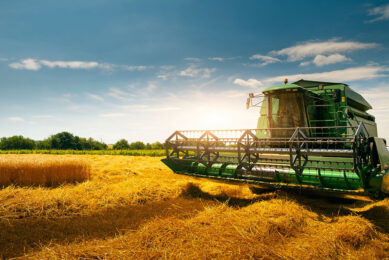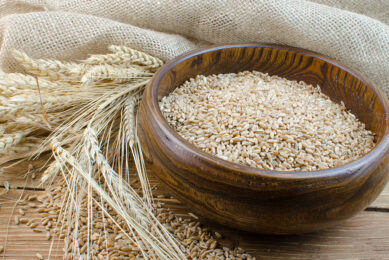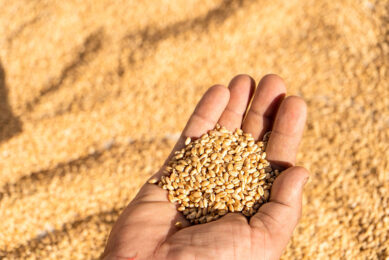Sustained margin pressure for most crop farmers

In 2018, the prices for global agricultural commodities are expected to rise marginally, compared to this year. The associated farmer margins per country remain under pressure, with the exception of some countries.
This is stated in the Rabobank Field Crop Margin Outlook. In the report, Rabobank explains that the prices for agricultural commodities wheat, corn, soybeans, sugar and cotton will remain relatively flat in 2018 but show a slight increase in the prices of this year. According to Rabobank this means that yield will be the most important factor when it comes to projecting farmer margins in 2018. Other factors, such as freight costs and quality variations, also will have an impact on farmgate prices, although these factors were not further discussed in the outlook report.
The global benchmark prices will be different from the local farmgate prices. Rabobank explains that in the past 2 years, the impact of exchange rates fluctuations on farmgate prices have been significant. The US dollar weakened by almost 10% compared to most currencies and it is expected that the Brazilian real and the Australian dollar are expected to lose strength in the coming year. The US dollar/British pounds exchange rate is expected to remain almost unchanged. As a result, of these exchange rate changes, European farmers will see their competiveness position weaken slightly in regard to competitors, while the position of the Brazilian and Australian will improve.
Some key points about farmer margins for major crop producing countries:
- US Midwest: Farmer margins inn 2018 are expected to remain too low to cover all costs. Crop plan includes 50% soybeans and 50% corn.
- US Great Plains: Stable margins over the last years and farmer margins will see a slight upward trend in 2018. Crop plan includes 50% fallow and 50% wheat.
- Brazil: Farmers did a lot of forward selling. However, margins are under pressure for Brazilian farmers as the global prices are falling and the real has weakened. Crop plan includes 40% soy+ corn in same year and 50% soy only.
- France: French farmers saw a recovery of field crop margins in 2017, compared to the year before. Key crops wheat and barley showed higher margins and in 2018, the French farmers will recover and improve their cash position. Crop plan includes 62% wheat, 20% barley and 18% corn.
- Poland: In 2018, Polish field crop margins are expected to achieve the same level as 2017. Both wheat and barley prices are forecast to increase further next year. Crop plan includes 56% wheat, 26% barley and 18% rapeseed.
- The Netherlands: Dutch farmers will experience more pressure on margins, due to lower potato prices (below the long-term average of 160 Euro per tonne). Crop plan includes 41% potatoes, 40% wheat and 19% sugar beets.
- United Kingdom: The higher wheat and barley prices are benefiting the UK farmers. The weakening of the British pounds means a rise in direct income support per hectare from GAP. Crop plan includes 51% wheat, 30% barley and 19% rape seed.
- Australia (NSW): Crop farmers in Australia have seen above average crops in the year 2016/17. However, this year, the crop output is expected to be less due to dry conditions. The 2018 margin will be around half the average level of the past seven years. Crop plan includes 72% wheat, 18% barley and 14% canola.
[Source: Rabobank]
Join 26,000+ subscribers
Subscribe to our newsletter to stay updated about all the need-to-know content in the feed sector, three times a week. Beheer
Beheer









 WP Admin
WP Admin  Bewerk bericht
Bewerk bericht